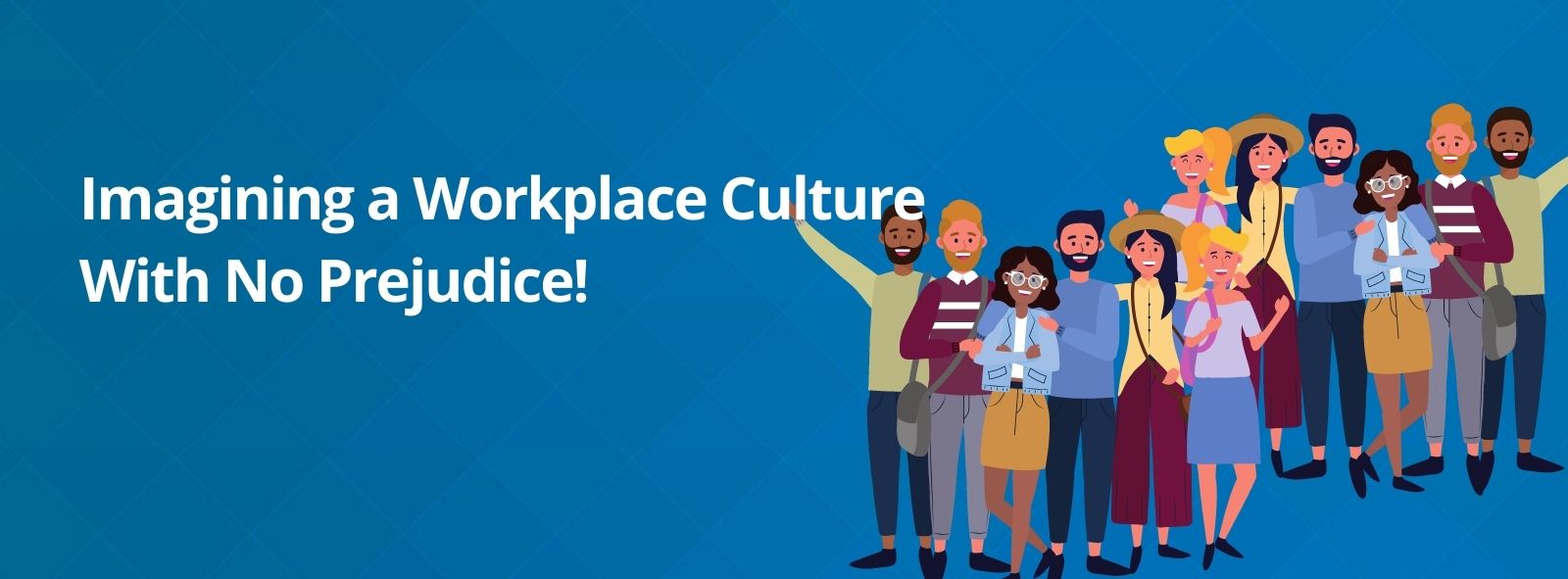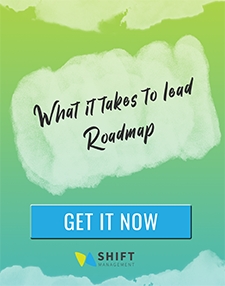When my friend from Cameroon walked down the hallway of the accounting firm where she worked, nobody smiled at her.
Every person she greeted appeared to have not heard her and sometimes even bumped into her as if she were invisible. Although they said good morning to other colleagues as they passed by, no one stopped to do the same at her office. When she went to a colleague’s office to ask a question or to provide her part of the work, she was greeted with annoyance and impatience. Staff invited each other to lunch and social events but did not invite her even once.
At the three month probation job review, she was told she “wasn’t a good fit” and that she “had not made an effort to befriend other staff”. Note that she was the only black accountant and the only immigrant. She had three times the qualifications of her colleagues and was paid less than anyone else.
What if this accounting firm had considered these three-justice-quotients as part of its new employee onboarding framework?

The diagram of the three justice requirements shows how it becomes impossible to marginalize individuals or groups when you make decisions using these principles. Applying it to this scenario it might look like this:
- Ensuring you have a diversity of perspectives – discuss with all decision makers how to increase the diversity in the workplace and how to ensure new cultures and races feel welcome and comfortable
- Have all stakeholders present – bring in perspectives of employees, how do they feel about onboarding new employees? Would they need to be released from some other responsibility as they train a new person? What would make it easier for them to include new people into current processes and systems?
- Consult those most affected – ask the new employees how they feel, what they need and how they have been welcomed. Get their take on what could be improved and listen to their suggestions carefully, considering how they could be implemented.
From the operationalising perspective, the employer would have made sure my friend was warmly welcomed into the workforce and set up with work buddies. Her salary would have been the same as other employees with her role. The firm would have explained diversity, inclusion, and equity policies as well as the avenues and people to speak with for her training at the beginning of the job.
All staff would have made it their personal mission to ensure that their first black employee felt comfortable and had what she needed to be successful at work. They would have vied with each other to take her to lunch and get to know her. Designated people would have explained what she needed to know for the company processes and procedures, so she didn’t have to lose face by asking in a new environment. Her boss would have checked in on her daily for the first week, then weekly for the first month and then monthly and quarterly to ensure she felt supported and resourced to do her job. She would have always been included in staff social invitations.
You might be saying “this is just normal HR stuff, everyone knows it”. BUT people do not embrace the spirit of work if they are blinded by prejudice and bias. Share on X
Unfortunately, my friend’s story is mirrored by many other immigrant and Indigenous employee stories where people are shut out either intentionally or unconsciously by the dominant race and culture. After hearing hundreds of similar experiences, my desire to help workplaces be more equitable grew from a seed to a fire in the belly. Chapter eight from “The Spirit of Work: Timeless Wisdom, Current Realities”, explains unconscious workplace culture bias and how to build one that is consciously equitable.
About the Author
Dr. Marie Gervais is the author of “The Spirit of Work: Timeless Wisdom, Current Realities”. She holds a PhD in Culture and Learning in the Workplace. Through her work in leadership training, she has coached more than 500 supervisors, managers and business owners for career and business success. She hosts the Culture and Leadership Connections podcast, which features interviews with diverse leaders in a variety of professions. Her publications span industry and academic journals on topics including the future of work, workplace communication, productivity and psychological safety in the workplace. Her online courses and products are used by managers and career developers around the world.
To learn more about the book, check out this link: https://shiftworkplace.com/the-spirit-of-work/









